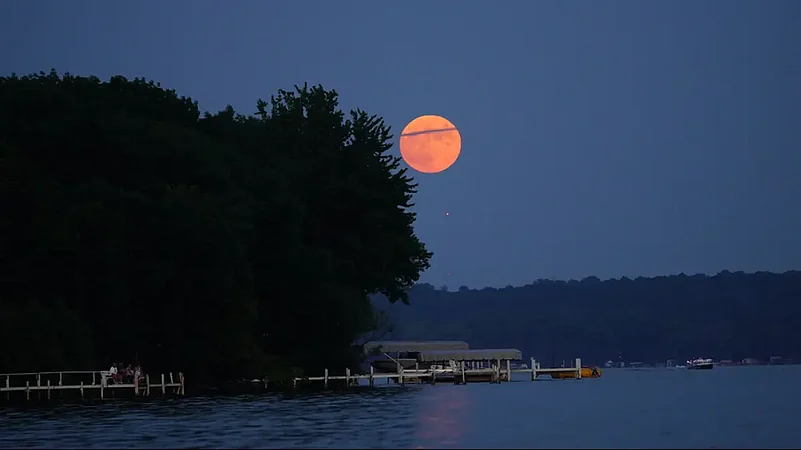June looks promising and fun-filled for all stargazers. Monsoon has just arrived and aims to bring respite from the glaring summer heat. However, there’s a little bummer to this experience. With heavy rains and cloudy skies, the star gazing experience might not bring the best but it will surely be eventful. Interesting celestial events are up on the sleeves. You are in for a surprise if you are lucky enough to experience dry spells. Here are 5 astronomical events you should look out for:
- Supermoon 2022
On 14 June, you will get to see the first of three supermoons of this year. Also known as Strawberry Moon, the moon will be close to the earth and it will appear slightly larger and brighter. A supermoon is also known as Rose Moon and the Honey Moon.
Advertisement
- Greatest Western Elongation at Mercury
On 16 June, Mercury will be at the highest point of the horizon in the morning sky. It will occur when it reached the greatest western elongation of 23.2 degrees from the sun. You can either watch it in the morning or you can watch it before the sunrise when it is low in the eastern sky.
- Summer Solstice
On 21 June, Earth’s North Pole will be directed to the sun and the latter will reach its northernmost position in the sky. It will be placed above the Tropic of Cancer at 23.44 degrees in the northern latitude. This will mark the longest day of the year, the first day of summer in the Northern Hemisphere, the first day of winter in the Southern Hemisphere and also the shortest day.
Advertisement
- Sequencing Of Five Visible Planets – Mercury, Venus, Mars, Jupiter And Saturn
People can witness the grandeur of five planets – Mercury, Venus, Mars, Jupiter and Saturn in June 2022. They will be in the order of the sun as well as the earth’s perspective. There are chances of Uranus joining the line too on 24 June. To see that, you need to have a pair of binoculars or a telescope.
- June Bootids Meteor Shower
On 27 June, you can see extremely long meteors hitting a large portion of the earth’s atmosphere. The average zenith hourly rate (ZHR) is 1-2 per hour. And hence, this is not everyone’s cup of tea.




















